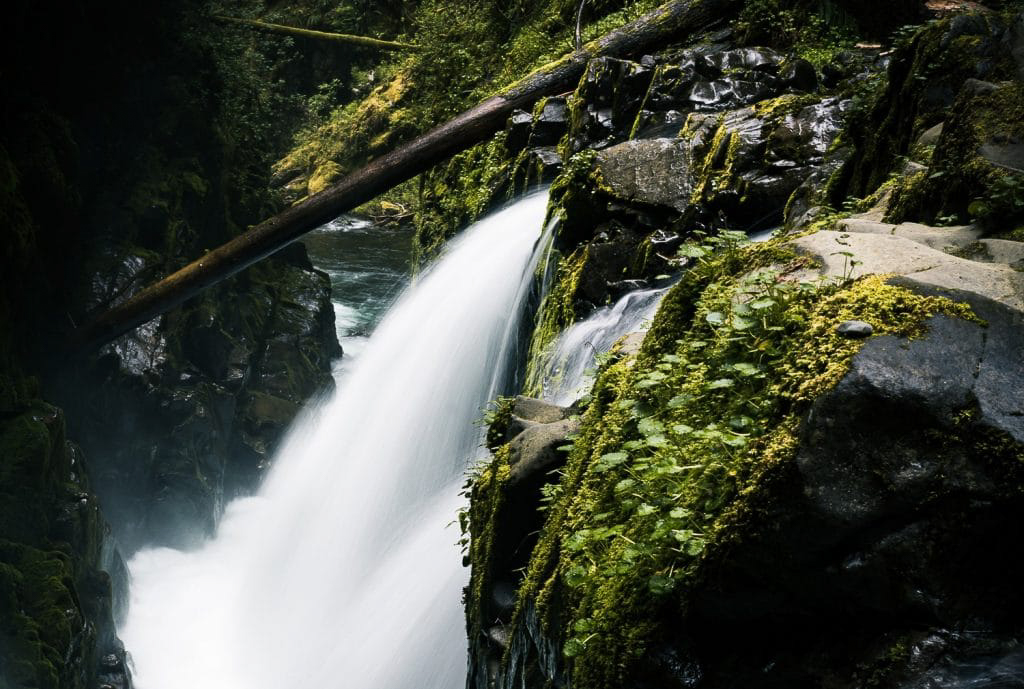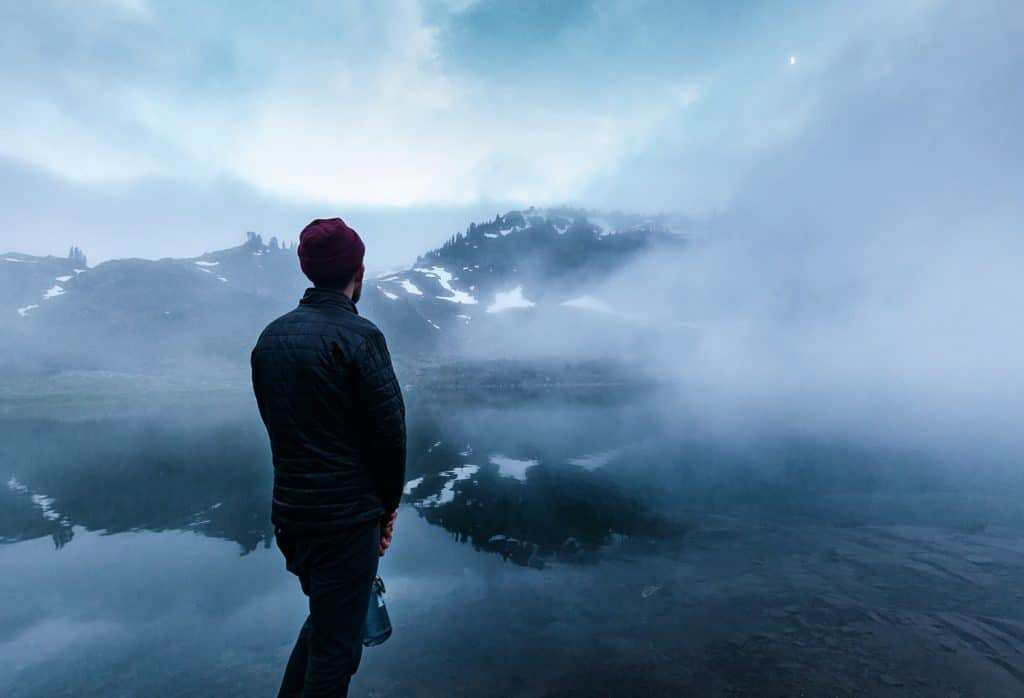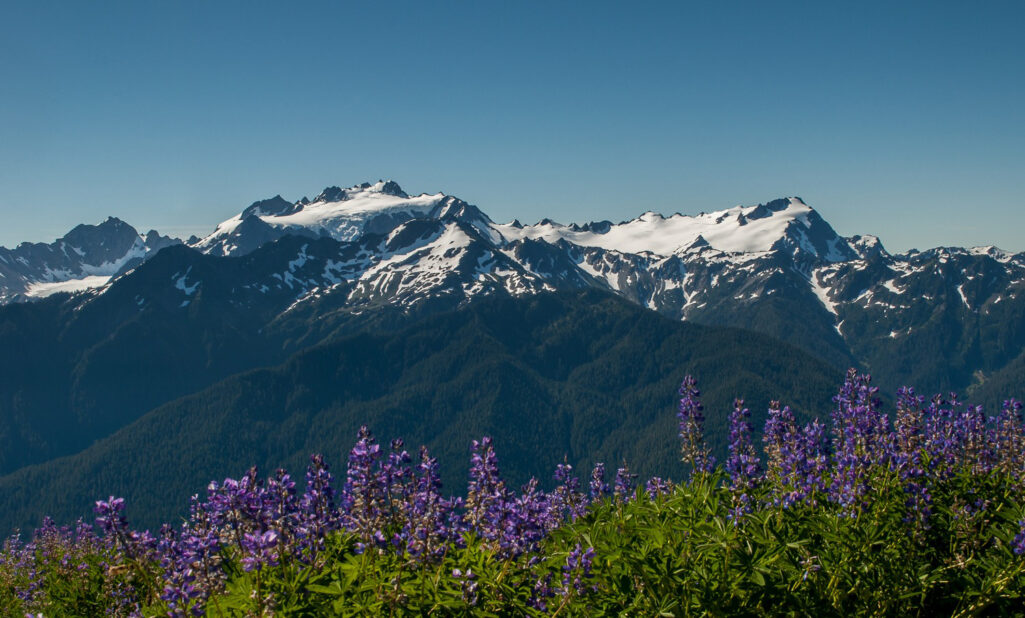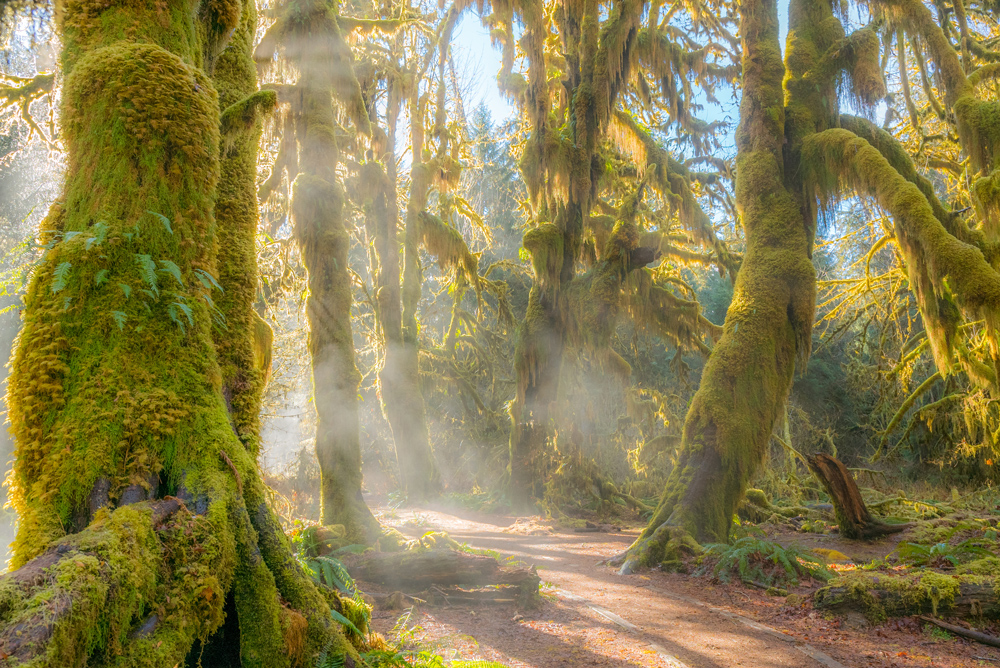5 Unique Sights to See During Summer Camp In Olympic National Park
From bald eagles to big leaf maples, coastal sea stacks to azure alpine lakes, Olympic National Park offers a collection of natural wonders like nowhere else on earth. The crown jewel of Washington’s Olympic Peninsula, Olympic National Park fringes the Pacific Ocean with four intersecting temperate rain forests—Hoh, Quinault, Queets, and Bogchiel— that together form a unique and majestic wilderness only achievable in an environment with immense amounts of rain—12 to 14 feet per year! But it’s not all gloom in the Pacific Northwest. In summertime when the rain subsides, the flowers bloom and the animals come out to play, the Olympic transforms into an ideal place for a youth and teen backpacking summer camp! Here are some of the breathtaking sites your child could see during their tour of the Olympic with Lasting Adventures.

Olympic Marmot
This little critter can only be found in the Olympic, and is in fact Washington’s official endemic mammal. About the size of a house cat weighing in between eight and 20 pounds, the Olympic marmot can be identified by its wide head, beady eyes, stubby legs, and a long, bushily tail. Expertly adapted to its rugged environment, Olympic marmots hibernate in burrow for up to eight months a year, only coming out to mate and collect food during summer—the time when you’ll be visiting! The Olympic marmot communicates by whistling, so keep your ears perked on the trail and you might just spot one!

Sol Duc Falls
A short, easy hike through old growth forests of towering, lush canopies will find you at one of Olympic National Park’s most spectacular sites: Sol Duc Falls. Often referred to as the Olympic’s most stunning waterfall (high praise considering there are plenty!), the Sol Duc can be observed from a foot bridge just feet above the gushing rapids. The Sol Duc is a sight to see in any season, but showcased among the vibrant foliage and wildlife of summer, our campers see it in its finest hour!

Seven Lakes Basin
Deep beneath the High Divide and flanked by alpine meadows teaming with wildflowers and blueberries, the Seven Lakes Basin is something of an anomaly from it’s rich surroundings. This lunar-like landscape may seem barren, but the eight lakes comprised within (that’s right, not seven) offer an entirely novel aesthetic in the Olympic. The lakes—Sol duc, Long, Lunch, Morgenroth, No Name, Clear, Round, and Lake No. 8—vary in size with the largest being Sol duc and the smallest being Morgenroth, and provide watering holes for spectacular wildlife ranging from Black Bear to Olympic Elk. But don’t worry; if we’re lucky enough to see one of these creatures, our expert staff knows just what to do to ensure a safe, friendly encounter.

Mount Olympus
Stretching 7,980 feet into the troposphere, Mount Olympus is the tallest mountain in the Olympic range. Despite its modest elevation and latitude, the mountain sustains large glaciers due to heavy snowfall in the winter months, supporting glaciers like the Hoh Glacier and the Blue Glacier, each stretching multiple square miles! It’s a sight summer campers will get familiar with as a primary fixture of Olympic National Park.

Ancient Forests
Around 10,000 years ago, Ice Age glaciers released their grip on Olympic National Park and the forest that now stands began to take root. By all accounts, the time since has had little effect on the terrain; today it looks very similar to what it was thousands of years before. These resilient, moss-clad forests are home to Douglas Fir and Western Red Cedars, Western Hemlocks and Sitka Spruce alike, the oldest of which have been standing for a thousand years. While virtually the entire surrounding area of old growth has been cut and logged, Olympic National Park protects the ancient beings and provides a view back in time for all visitors.
More Info
Youth and teen Olympic summer camp programs
A tour for the whole family: guided backpacking in Olympic National Park

